The bottom of the Baltic Sea may contain nuclear waste burial sites made by the Russian military in the early 1990s. This complements the picture of the dangerous chemical dumping and requires additional research. If this information is confirmed and the hazardous objects are exactly located down below the Baltic Sea, Stockholm and other countries with access to the Baltic Sea may demand Russia to cover for financial losses and repair the damage. Moreover, the works affecting the bottom of the Baltic Sea should be suspended during the research.
In the beginning of 2010, the Swedish flagship investigative program at the public broadcaster, Uppdrag Gransking, was approached by a retired intelligence officer. He appeared with his name on camera and claimed that between 1990 and 1993, the Russians dumped significant quantities of chemical and nuclear waste off the Swedish southeastern coast, well within the Swedish exclusive economic zone (Bergman 2010). The retired intelligence officer asserted that the waste came from the large former Soviet naval base Karosta – next to the city of Liepaja in Latvia, southeast of Sweden and only a few hours away by boat. Intelligence reports cited HUMINT with sources located abroad.
The source, Donald Forsberg, said that the plans for both a gas pipeline and a fibre-optic cable to be dug into the seabed of the Baltic Sea risked disturbing the toxic waste, and this had compelled him to speak out. Forsberg said he could not tell the reporters why he had the information, only that he was sure about it and that the Swedish Military Intelligence Agency (MUST) most likely had produced a report detailing the scope of the dumped waste.
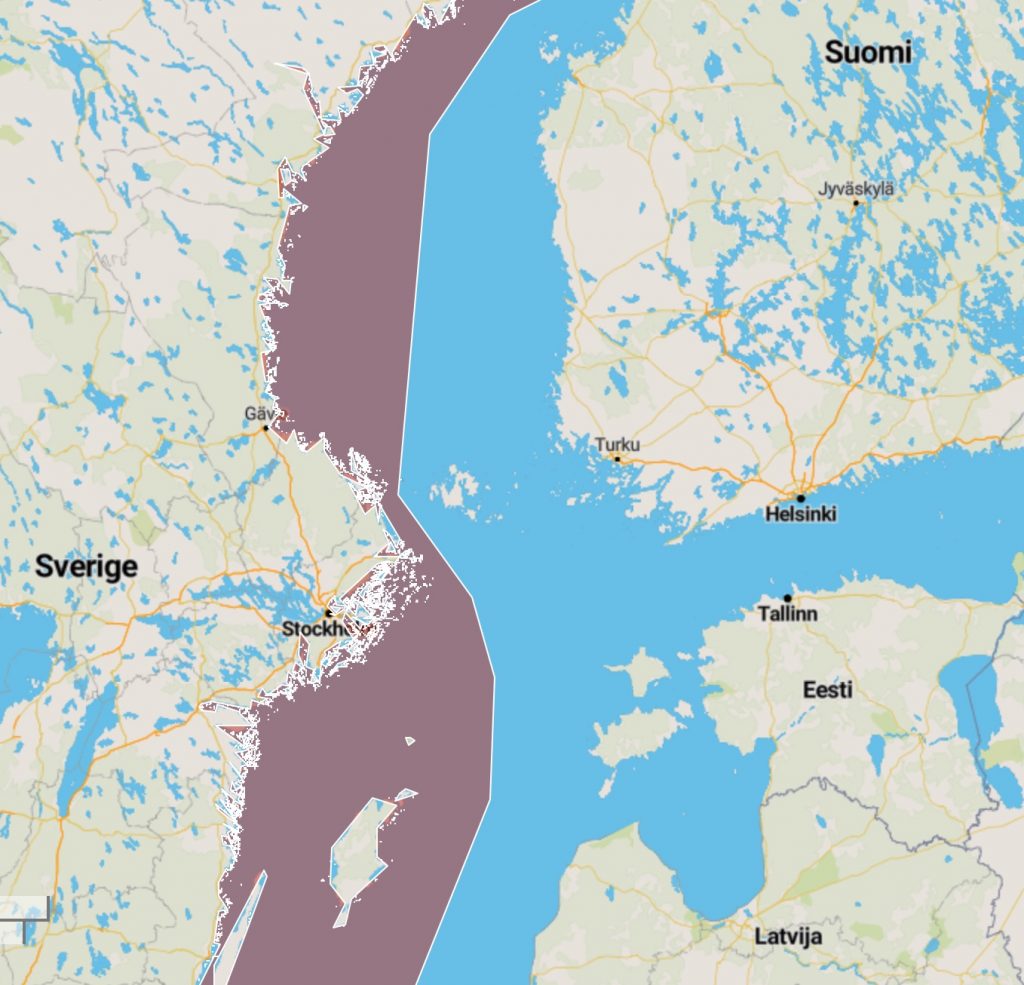
The investigative team conducted background checks on Forsberg and confirmed that he had indeed worked for Swedish intelligence for decades. They also confirmed that the Karosta naval base had stored both chemical and nuclear components during the Cold War.MUST confirmed that documents relating to the case did exist, but that it was a matter of national security and that the documents as a whole were classified as top secret and could not be released.
In the letter sent to the reporters, MUST referred to a set of document numbers, and based on these numbers the journalists appealed to MUST claiming that the documents could be released in edited form to at least confirm physically that they did exist. After consideration, MUST changed its initial decision and released the documents. They confirmed that not one but three reports existed. Two were dated November and December 1999, and one June 2000.
Based on the confirmed existence of the reports, the reporters contacted a number of former officers in the defence force and the intelligence community. One key intelligence officer did recall it and, more importantly, that it had been brought to the attention of the social democratic government of the day in the early 2000s.
Jan Hülten-Cavallius, the former head of the intelligence department at the Military Intelligence and Security Service, confirmed that the dumping took place. “Yes, I remember this dumping case. And I know this issue was discussed and it was known that the Russians dumped the waste”, he declared.
Journalist Sven Bergman said he had copies of three Swedish intelligence reports at his disposal, apart from the classified parts.
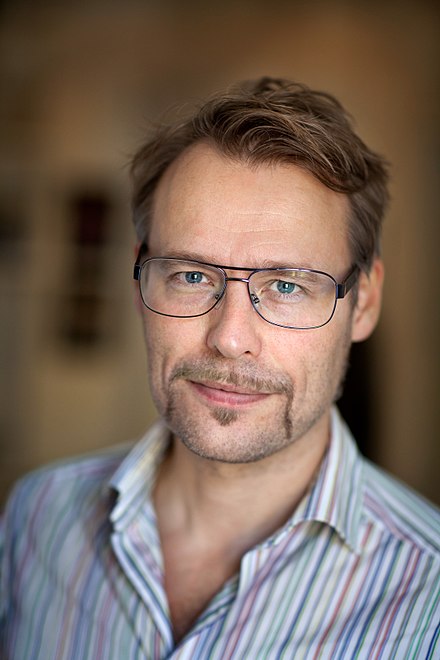
“Despite the fact that the reports are partially classified, we know their contents completely,” he said. – Our reliable sources in Sweden and Latvia helped us to restore the missing parts. We will not disclose them under any circumstances.
To further verify the validity of the claims in the reports, the team travelled to the former Soviet naval base outside Karosta in Latvia. At its peak, the Karosta naval base housed more than 30,000 staff and was the strategically most important Soviet base in the Baltic region. The base predominantly housed submarines.
The naval base was gradually closed down until the last Russian units left in 1994, so in 3 years after Latvia became an independent state. On location in Latvia, the team got confirmation on camera from the former Latvian Defence Force commander, who was a high-ranking Soviet officer in 1990, that chemical and nuclear warheads had been stored in the Karosta naval base.
The analysis results indicate that nuclear submarines were not part of the 58th submarine brigade and were never based in Liepaja. However, the open sources on Russian forums suggest former submariners’ posts discussing the process of loading diesel submarines based in Karosta with nuclear warhead torpedoes.
At the same time, 25026 military unit, special logistic and security unit of the Baltic Fleet was located in Karosta until December 31, 1961, engaged in nuclear weapons assembly and maintenance.
In the meantime, it is not excluded that nuclear components stored at other facilities in Latvia, which, for example, were part of the mine or ground-based missile forces, were removed from Karosta for dumping.
As of 1989, there were 185 strategic and tactical nuclear warheads in Latvia.
The first TV channel (Russia), in a program dedicated to the 15th anniversary of the Russian fleet’s departure from Liepaja, gives a direct speech by Ilmar Leshchinsky, ex-commander of the Southern Region of Latvian Naval Forces: “First of all, of course, the nuclear weapons stored here were taken off.”
The nuclear warhead claim was further confirmed by a major national security incident in 1982, when a Soviet submarine, U137 (S363 Whiskey class), ran aground deep inside Swedish territorial waters outside Stockholm. Swedish intelligence captured nuclear radiation from the submarine consistent with nuclear warheads. U137 was based in Karosta.
On November 5 Prime Minister Falldin announced that the submarine carried uranium 238 (U238) in such a quantity that it could only be attributed to nuclear weapons. The announcement was based on measurements carried out by the defense research institution FOA.
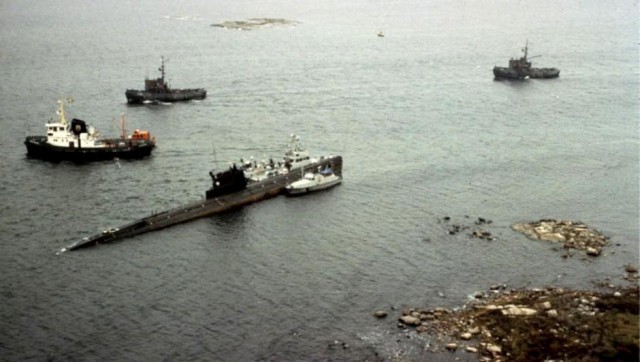
Spontaneous Phenomena: A Mathematical Analysis confirms not only that 238U on board of U137 (S363) had been identified with 100% certainty, but also that inside the submarine at the point measured there were large quantities of this material, to be counted in kilograms.
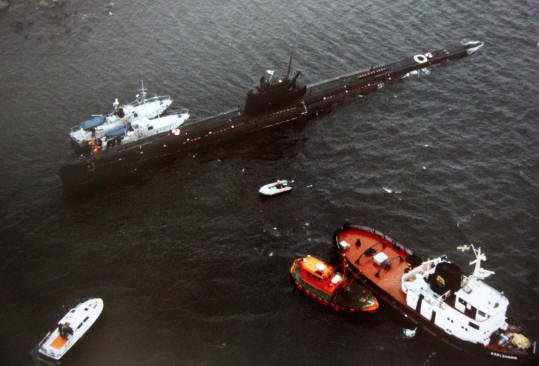
The reporting team also received information from Latvian sources that did not want to be interviewed, enabling a reconstruction of the timeline of the dumped waste. The sources for this information were cross-checked both in Latvia and Sweden and considered very trustworthy. One of the them was an eye witness to one of the nighttime Baltic Sea transports from Karosta to the Swedish exclusive economic zone. He said that one of the crew on the ship that carried the toxic waste said, ‘Here’s a present for the Swedes’.
The final piece in the puzzle is still missing – the precise coordinates for where the dumping took place. Despite repeated efforts, the reporting team failed to obtain this information.The reporters expressed some level of frustration that thecoordinates, or atleast approximate coordinates, were available in the edited reports.
The hour-long programwent to air on 3 February 2010. The aftermath was that based on the program the Swedish Maritime Authority searched an area that the sources in the story had pointed out as most likely. Thesearches did not identify any chemical or nuclear waste. However, the Maritime Authority is not convinced they were looking in the right area and asked for full access to the three secret intelligence reports to verify the search area – but access was denied (Konstitutionsutskottet 2010).
The Swedish Special Prosecutor for Environmental Crimes started an investigation in March 2010. The head of the investigation and theprosecutor also asked for access to theintelligence reports, but again access was denied. Without the contents of thereports, the investigation stalled and was cancelled in November 2010. Russia flatly denied that any dumping of toxic material in the Baltic Sea took place (Konstitutionsutskottet 2010).
Former Foreign Minister Anna Lindh knew about the secret dumping of radioactive and chemical waste in Swedish waters by the Russians and wanted a public inquiry. The former advisor to Lindh, Sven Olof Pettersson told SVT that he clearly remembers then Foreign Minister Anna Lindh’s anger at the reports and requested that an investigation be carried out by the Ministry of Defence. However, the Ministry of Defense replied that it would be too difficult and too costly to find the chemical and nuclear waste without knowing its exact location.


Unidentified sources cited by the journalists claim the then Foreign Minister Lindh requested that an investigation be carried out by the Ministry of Defence. The latter, however, apparently deemed it would be too costly to search the area for the exact dumping spots.
The government could have ordered the reports to be shared with the maritime authority and the prosecutor, but chose not to. So, even in a system with a very far-reaching access to information and where extremely serious environmental concerns are at stake, successive governments on both sides of politics have refused access to information that is clearly in the public interest – not only for the current generation, but for generations to come. It is hard to see how this can be justified even if it would complicate Sweden’s relationship with Russia.
Further investigation of this case could disclose the facts that Russia critically violated environmental standards and international conventions. In case such facts are confirmed Stockholm will face the need to appeal to the International Courts to demand compensation and Russia to eliminate the damage – to lift the radioactive burial sites. This could seriously complicate Russian-Swedish relations and frame multibillion claims against Russia.
Another reason could be Russia’s development of a major gas pipeline project – the controversial Nord Stream gas pipeline, which is laid across the Baltic seabed.
In 2010, the Swedish government withdrew responsibility for any investigation.
According to the Swedish radio station Radio Sweden, the allegations came as a complete surprise to the government in Stockholm. Prime Minister Frederik Reinfeldt’s spokeswoman told the press that he “didn’t know about the issue.” “This is new information for the [that time] government. What we are saying is that questions should be directed to the previous governments,” Reinfeldt’s office said.
From this perspective, the question arises on the reasons and motives for Anna Lind’s murder in 2003 by Mikhailo Mikhailovich, the son of Serbian immigrants and Swedish citizen. Russian media unanimously declared immediately after her assassination that the crime was related to Anna Lind’s preparation of a referendum on Sweden’s entry into the euro zone. However, even before the referendum, opinion polls indicated that the authorities would lose it.
Already in 1993, significant pollution and environmental damage caused by the Soviet Navy activities were revealed, as the Republican Inspectorate for the Protection of the Baltic Sea Waters (RIPBS) and the Committee for Environmental Protection issued numerous certificates, indicating the facts of water pollution and ship dumping.
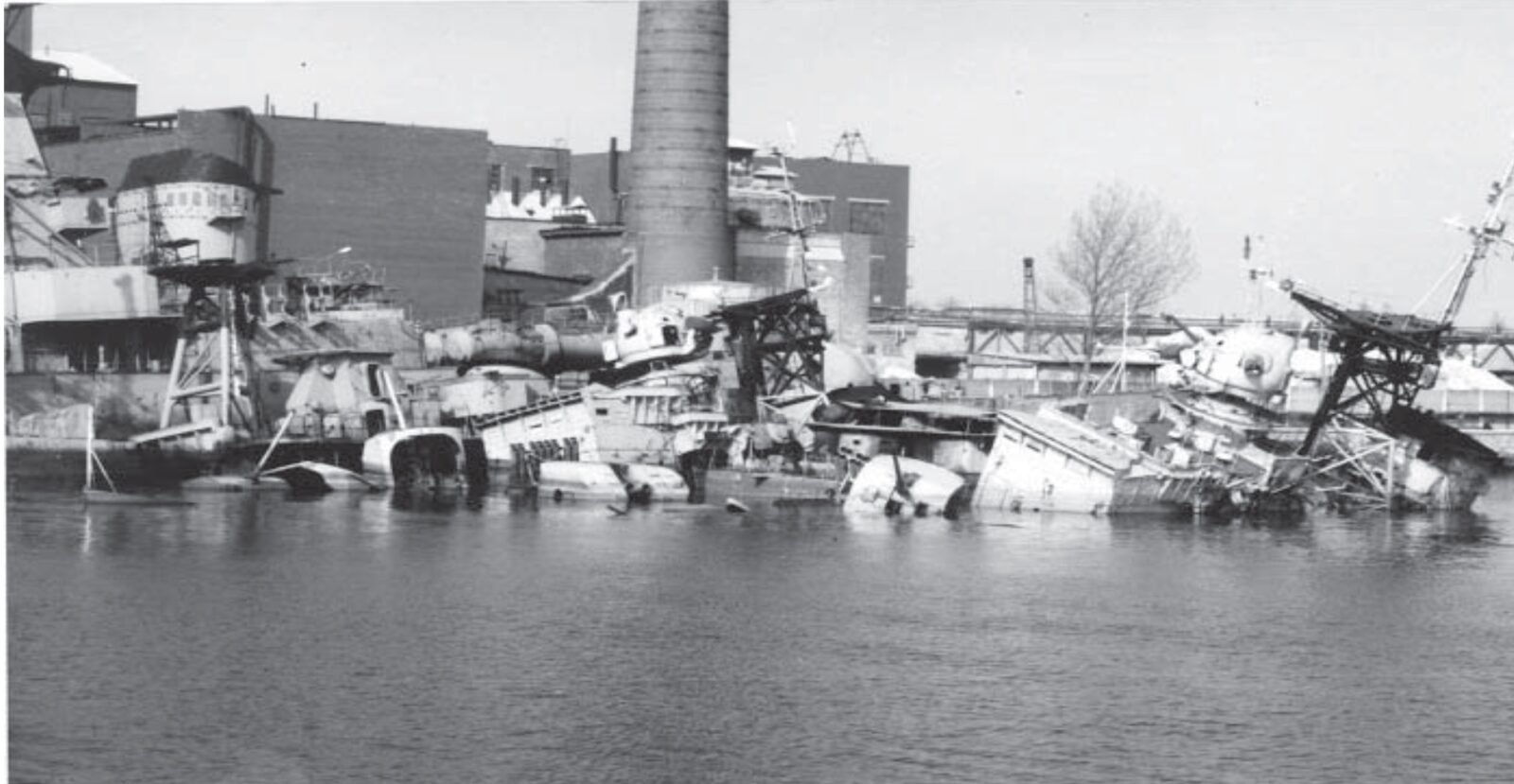
According to the RIPBS letter dated January 15, 1993 No. 1–37 and decision No. 13 dated January 13, 1997, the following was stated:
• In the Tosmare Canal: four submarines sunk at the 16th berth, a barge, two patrol vessels, a floating workshop, a PD-4 ship and nine boats – at the 24th and 25th. BM-260 submarine was sunk at the 45th berth, a floating pier – at the 50th.
• Five military vessels were sunk in the military port of Bolderaja water area at the port of Riga, as evidenced by the Committee for Environmental Protection certificate of 22.01.93.
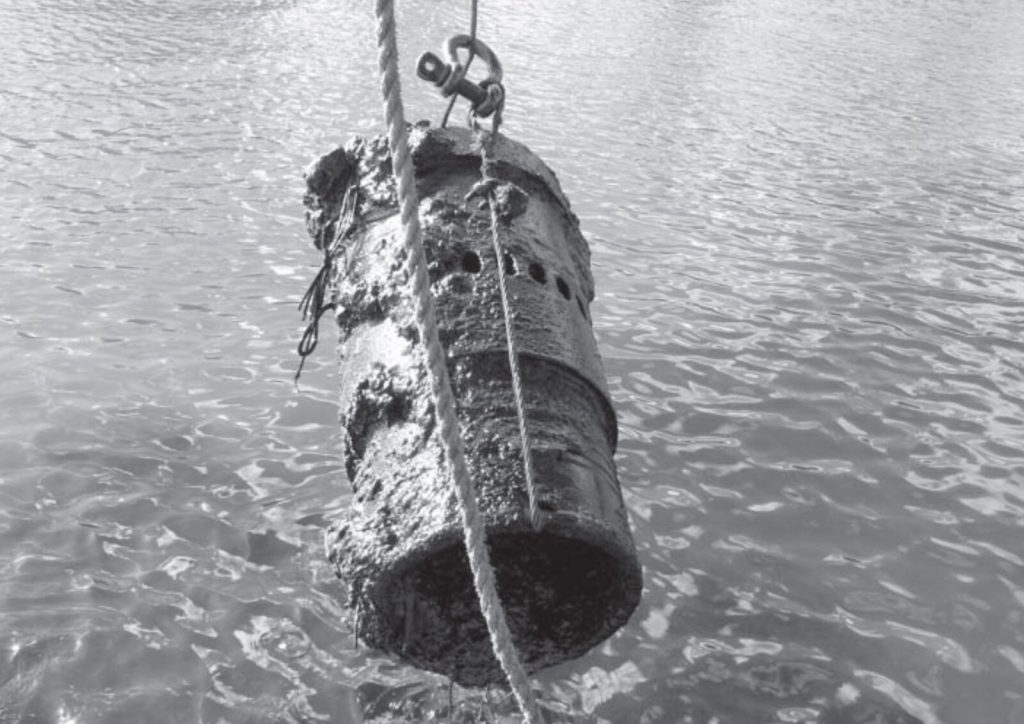
• According to the Maritime Control Department data provided to the State Environmental Protection Inspectorate on September 14, 1994, 27 sunk watercrafts were detected in Liepaja port and 16 – in the Bolderaja port of Riga port.
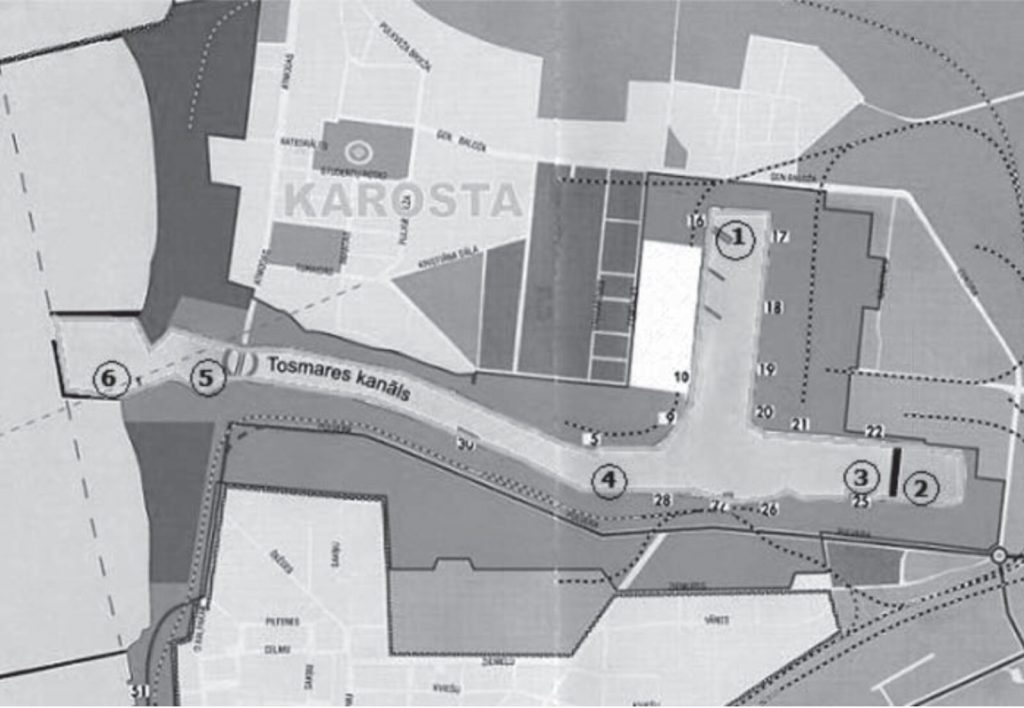
Thus, there is sufficient evidence that Russian military used dumping as a method of disposing of property in 1990-1993.
For example, in 1993, Russia made a similar nuclear waste dumping in the Sea of Japan. Consequently, this fact confirms the practice of disposing of nuclear waste at sea in a given period of time.
The New York Times wrote that bydumping 900 tons of radioactive waste into the Sea of Japan on October, 13, 1993, the Russian navy violated the moratorium on low-level radioactive waste dumping of the London Convention (the international treaty controlling ocean dumping). However, legal liability under the London Convention, the 1982 United Nations Convention on the Law of the Sea, and international customary law arguably does not attach to this activity. Indeed, even though the London Convention was amended in November of 1993 to prohibit all ocean dumping of radioactive waste, Russia remains legally entitled to use the ocean as a disposal site for low-level wastes as a result of its formal objection to the amendment. Further, it is suggested that activity and ecosystem-specific regulations merely transfer the risks associated with the activity and may actually result in greater environmental harm. For this reason, the London Convention and indeed all international agreements should consider the global impacts of environmental regulations prior to prohibiting an activity.
Suspicion of Soviet use of the ocean as a dumping ground for radio- active waste was confirmed in 1993 when Russia released a white paper disclosing the extent and location of its past dumping activities. In October 1993, the Russian navy was observed dumping 900 tons of low- level liquid radioactive wastes into the Sea of Japan.7 In 1994 Russian objections to a permanent ban on ocean dumping of low-level radioactivewastes further heightened international concern about the legality of Russia’s dumping activities.
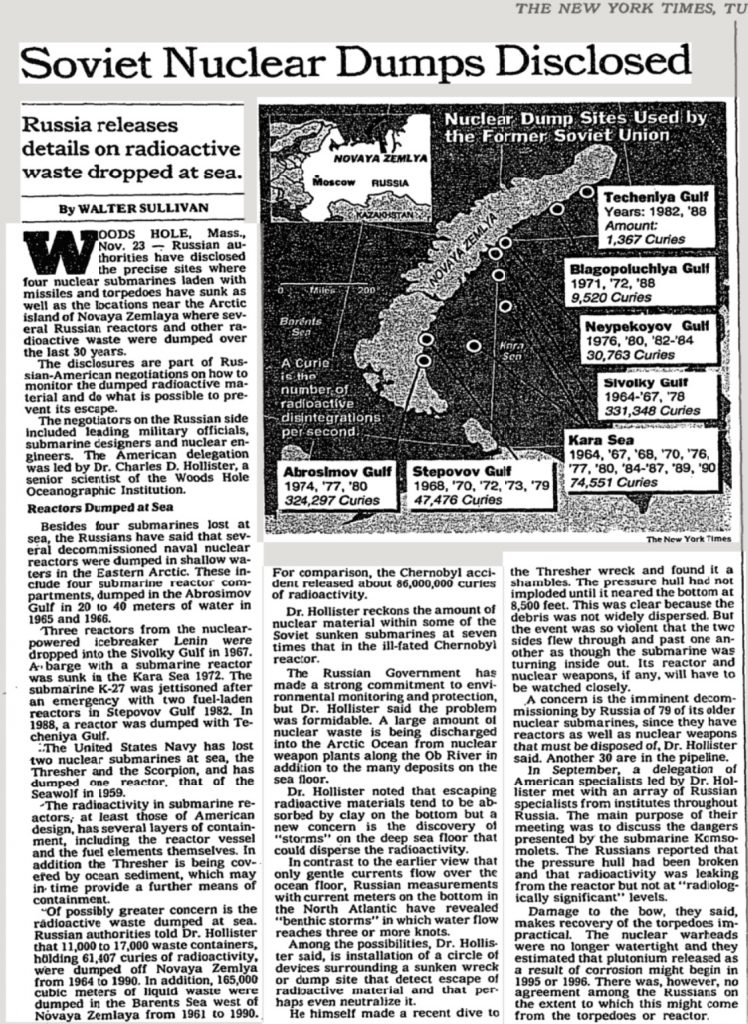
November 24, 1992
Nov. 4, 1993 the Clinton Administration said that the United States will call for an international ban on all ocean dumping of low-level nuclear waste. Clifton Curtis, a U.S.-based political adviser to Greenpeace International, said that Russia frequently has dumped both high-level and low-level nuclear waste over the past decade.




